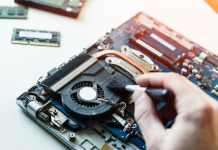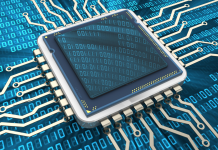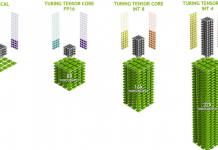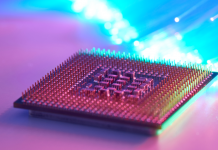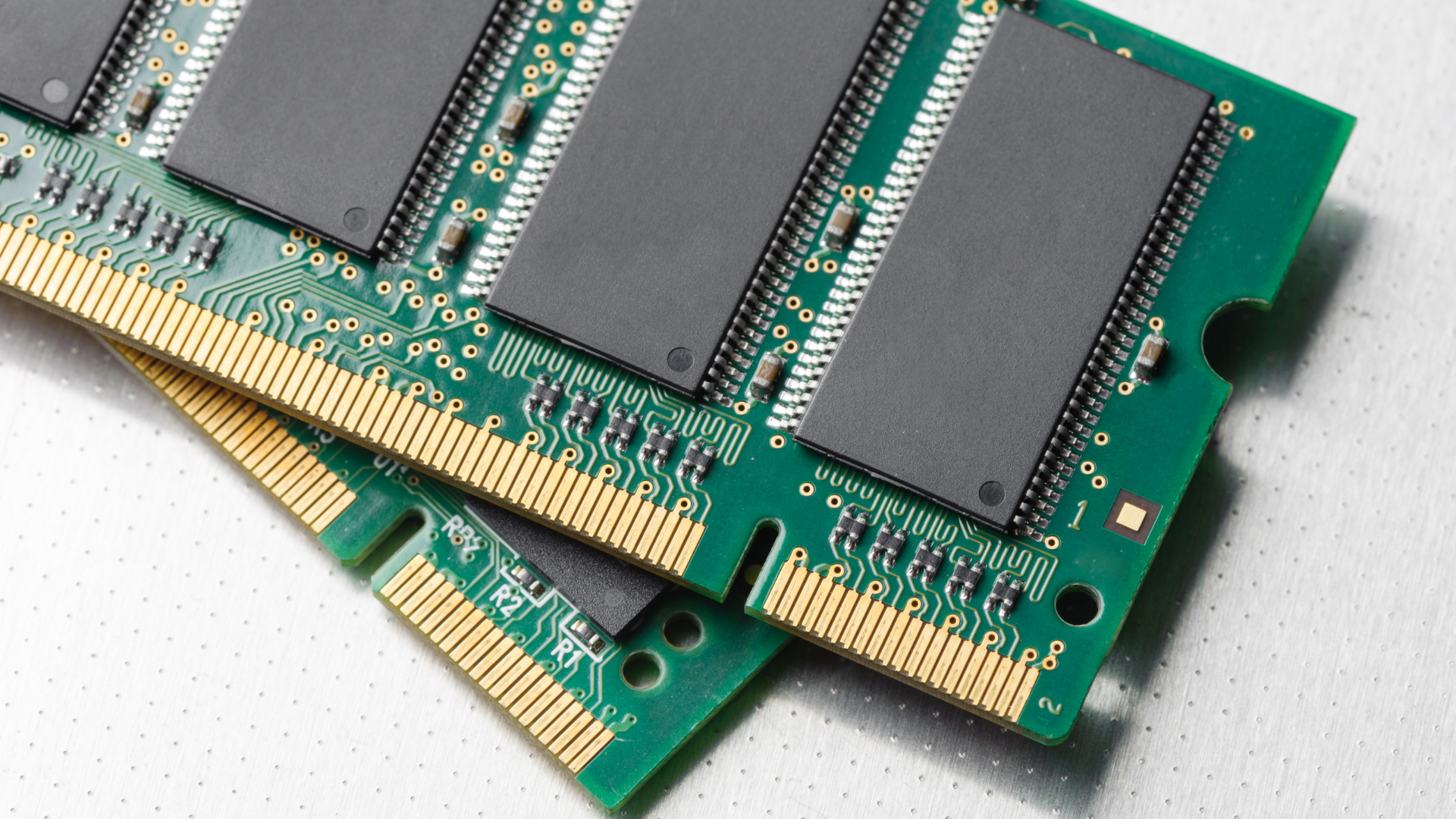
In this blog, we’ll be looking at how DDR4 and DDR5 memory compare.
DDR4 is a type of computer memory that’s used in computers and other devices like servers. It’s faster than the previous generation of computer memory, DDR3, which means it can access data more quickly and handle more information at once.
DDR5 is the next iteration of DDR4 and promises to offer even faster speeds with an increased capacity for data storage. Let’s take a deeper look at what each type of memory offers and why they’re used in different applications!
DDR4 Memory
DDR4 is the next generation of memory technology, offering greater speed and efficiency over previous DDR generations.
DDR4 is a type of double data rate (DDR) SDRAM that’s faster than its predecessor, DDR3. It stands for Double Data Rate 4th Generation Synchronous Dynamic Random-Access Memory. While earlier versions of DDR RAM used an asynchronous interface – meaning that they could only transfer data on one signal line at a time – GDDR5 added a second set of lines to enable two-way communication simultaneously (full duplex).
This enables much higher bandwidth than was previously possible with older technologies like GDDR3 or even first gen FSB based systems. The result is lower latency and better overall performance when gaming or using applications that require fast access to large amounts of data stored in system memory.
DDR5 Memory
DDR5 is the next generation of double data rate (DDR) memory. It offers significant improvements over previous DDR generations, including higher bandwidth and lower power consumption.
The benefits of DDR5 will be most apparent in applications that require high bandwidth and low latency, such as gaming, video editing, and virtual reality. The increased speed and efficiency of DDR5 will also enable new levels of performance in computing applications.
While the full potential of DDR5 has yet to be realized, it is clear that this technology will play a major role in future computing systems.
How is DDR5 Better than DDR4 Memory?
DDR5 is the next generation of memory, offering significant improvements over its predecessor, DDR4. With a higher bandwidth and lower latency, DDR5 is ideal for gaming and other high-performance applications. Here’s a look at how DDR5 stacks up against DDR4!
- Higher Bandwidth: One of the main advantages of DDR5 over DDR4 is increased bandwidth. While DDR4 offers a maximum transfer rate of 3200 MT/s (mega transfers per second), DDR5 doubles that to 6400 MT/s. This means DDR5 can handle more data at once, resulting in a smoother and more responsive gaming experience.
- Lower Latency: In addition to higher bandwidth, DDR5 also offers lower latency than DDR4. With a CAS Latency of 14, DDR5 is approximately 30% faster than its predecessor. This reduced latency makes for a snappier gaming experience with less lag time.
- Improved Power Efficiency: One of the challenges with high-performance memory is power consumption. However, thanks to its improved architecture, DDR5 requires 20% less power than comparable modules from previous generations (DDR3 and 4). As a result, you’ll be able to enjoy increased performance without sacrificing battery life on your laptop or tablet PC.
- Increased Capacity: DDR5 modules will be available in capacities up to 16GB, twice that of the largest capacity DDR4 modules. This means you’ll be able to enjoy even more immersive gaming experiences with less loading time.
The next generation of memory is here with DDR5. With increased bandwidth, lower latency, and improved power efficiency, it’s the ideal choice for gamers and other high-performance users. If you’re looking for the best possible gaming experience, make sure your PC is equipped with DDR5 memory!
Is DDR4 Memory Still Relevant?
As technology advances, so do computer components. One such component is memory or RAM. Over the years, there have been several different types of RAM released onto the market including DDR2, DDR3, and most recently, DDR4. So with all of these options available, you may be wondering if DDR4 memory is still relevant in today’s day and age?
There is an emphatic yes to that query! While some might say that opting for anything other than the latest and greatest option isn’t worth it, the truth is that DDR4 memory can offer plenty of benefits even for those who are using newer computers.
Is the Upgrade from DDR4 to DDR5 Absolutely Necessary?
The release of the new DDR5 standard has many people wondering if they should make the upgrade from their current DDR4 memory. After all, DDR5 promises faster speeds and improved performance. So, is it absolutely necessary to make the switch? This question may not have as simple of an answer as you’d expect. It really depends on what you plan to use your PC for.
If you’re a casual user who mostly uses their PC for browsing the web and checking email, then upgrading to DDR5 probably isn’t worth it. The difference in speed will likely be negligible for everyday tasks like these. However, if you’re a power user or gamer who relies on their PC for demanding applications, then making the switch to DDR5 could give you a significant boost in performance. Games will load faster and run smoother, while video editing and other resource-intensive programs will see noticeable gains in speed and efficiency with DDR5 memory installed.
Ultimately, whether or not an upgrade to DDR5 is “absolutely necessary” comes down to personal preference and how important top-tier performance is to you. For most users, sticking with good old reliable DDR4 should suffice. But for those who need the best performance that money can buy, switching over to DDR5 is the way to go.
The Bottom Line
So there you have it! If you’re looking to upgrade your computer, or if you’re considering getting a new one, DDR5 memory is the way to go.
DDR4 is great for budget-friendly systems that need to perform well, but if you have the money and have a specific use case in mind, DDR5 has some pretty impressive perks.
If you’re interested in learning more about such technology, or if you want to check out some of our other blog posts on related topics, feel free to follow our blog so that we can keep bringing you quality content!

